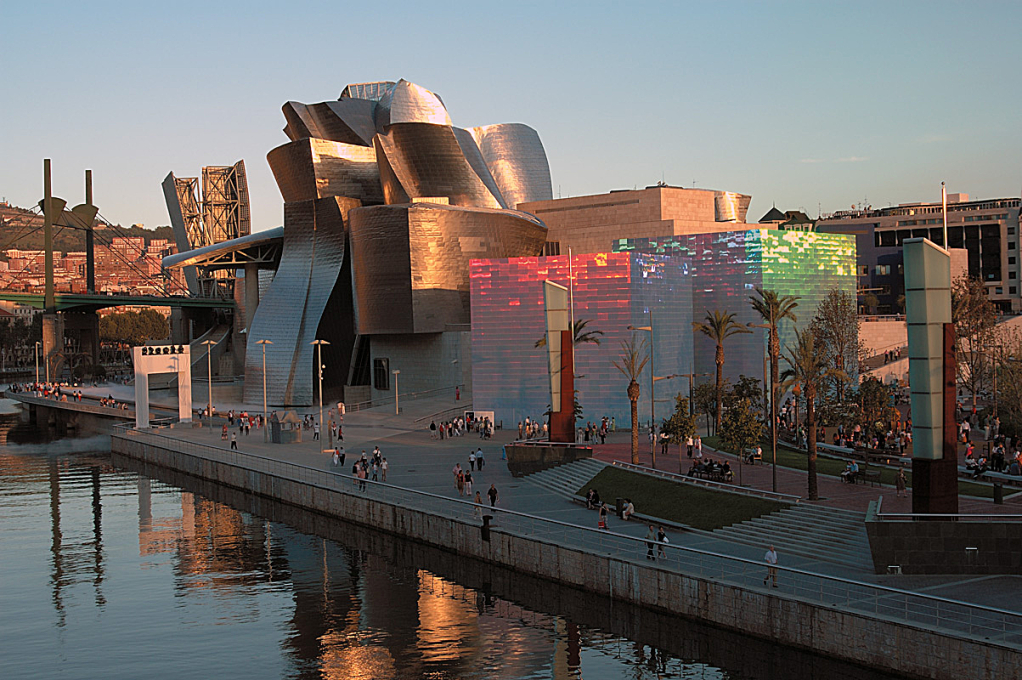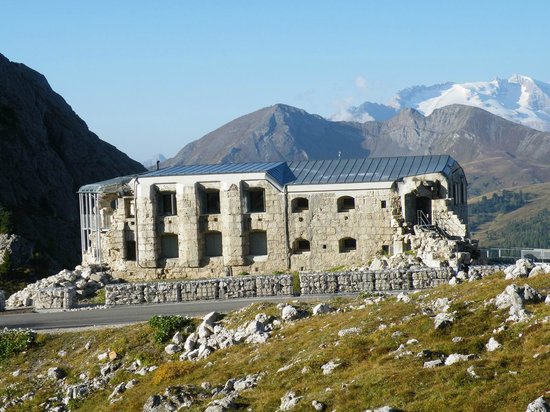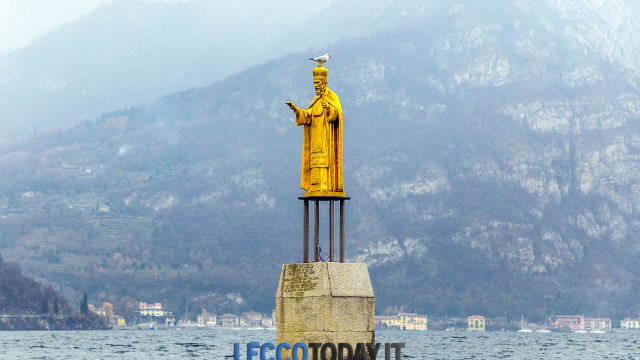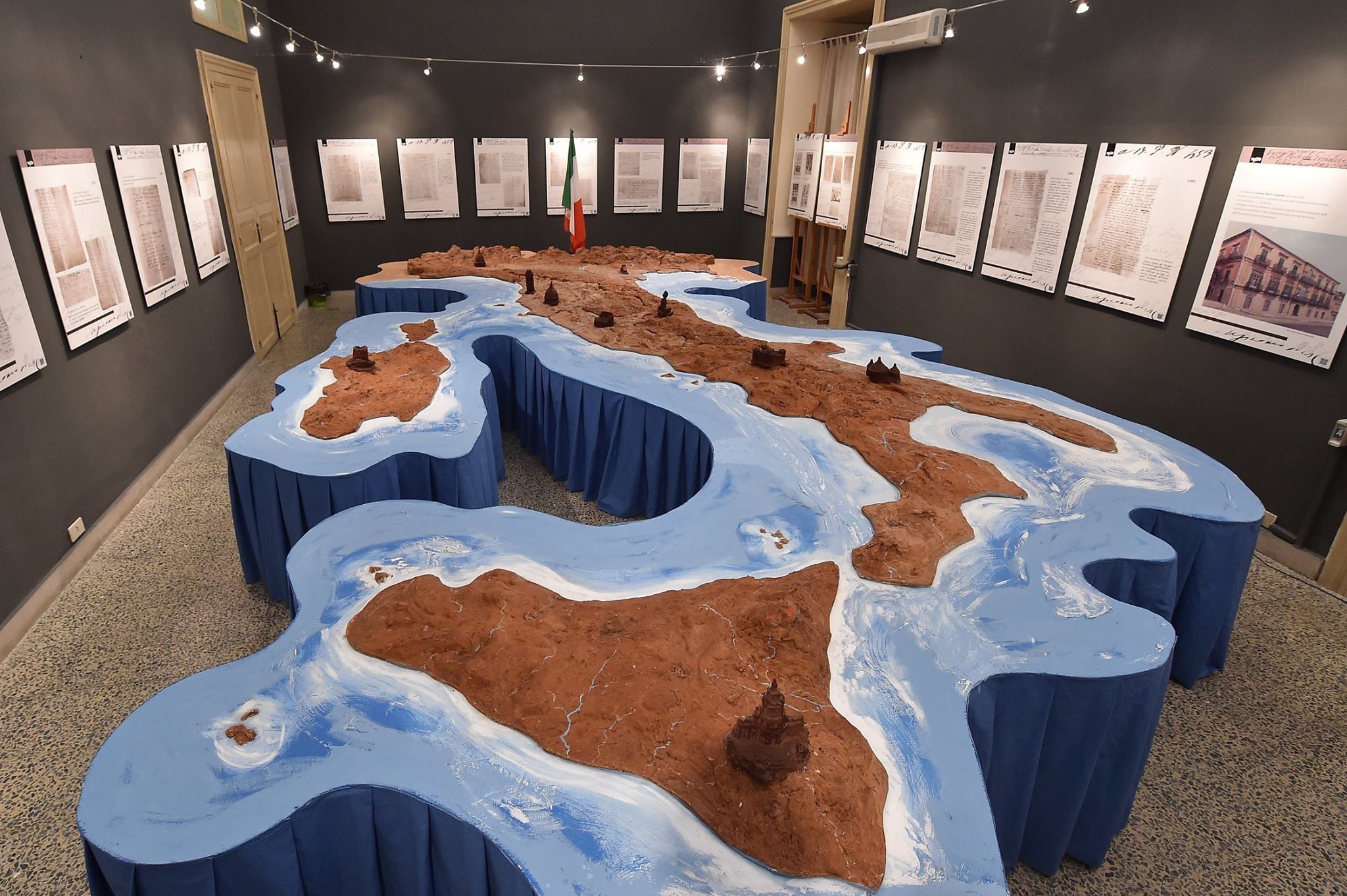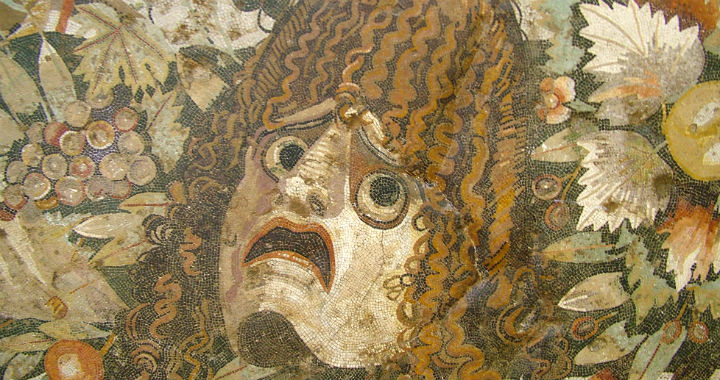The Guggenheim Museum in Bilbao, inaugurated in 1997, was built on the site of an old industrial site and is part of a plan to revalue the city, begun in 1989, which includes a Congress Centre, an International Airport, a plan to redevelop the banks of the Nervion and a new metro. The Museum, designed by American architect Frank Owen Gehry, occupies a total of 24,000 square meters, of which 10,600 are strictly exhibition spaces. The design of the museum and its construction perfectly follow the style and methods of Frank Gehry. Like many of his previous works, the main structure is radically sculpted along almost organic lines. The museum, the designers say, does not have a single flat surface in the whole structure. Part of the building is crossed by an elevated bridge, and on the outside it is covered with titanium plates and blocks of limestone from the quarries of Granada.
The structure of the building, which is on three levels, plus a quarter reserved for air conditioning systems, is composed of a series of spectacularly interconnected volumes.
As a container for works of art and works of art itself, this open-air sculpture reflects on the waters of the Nerviòn River and those of an artificial lake located at its foot at a slightly higher level than the river.an artificial lake partially surrounds the museum and is also part of the exhibition space since it contains the original work by Yves Klein "Fountain of Fire and Fog".
The heart of the Museum is the spectacular atrium of 650 square metres and 50 metres high, illuminated both by natural light penetrating from the sides through the large windows overlooking the river, and by the window that covers the highest point of the building.
